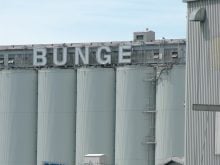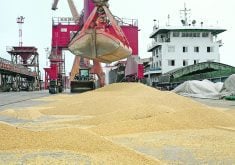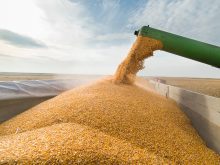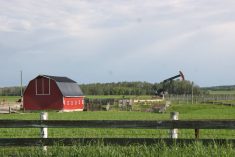Alberta may not be the cheapest place to produce a pig.
But it’s one of the best and ready to boom again, according to the assistant general manager of Alberta Pork.
“There is a pent-up demand to develop or enlarge existing operations in Alberta,” said Paul Hodgman.
Alberta’s hog farmers have not expanded their provincial herd as much as Manitoba has, and in recent years they have fallen behind Manitoba in terms of total production.
That has been partially due to a real and expected feed grain price advantage in Manitoba, Hodgman said. The end of the Crow benefit was generally expected to make feed grains on the eastern Prairies the cheapest in the world.
Read Also
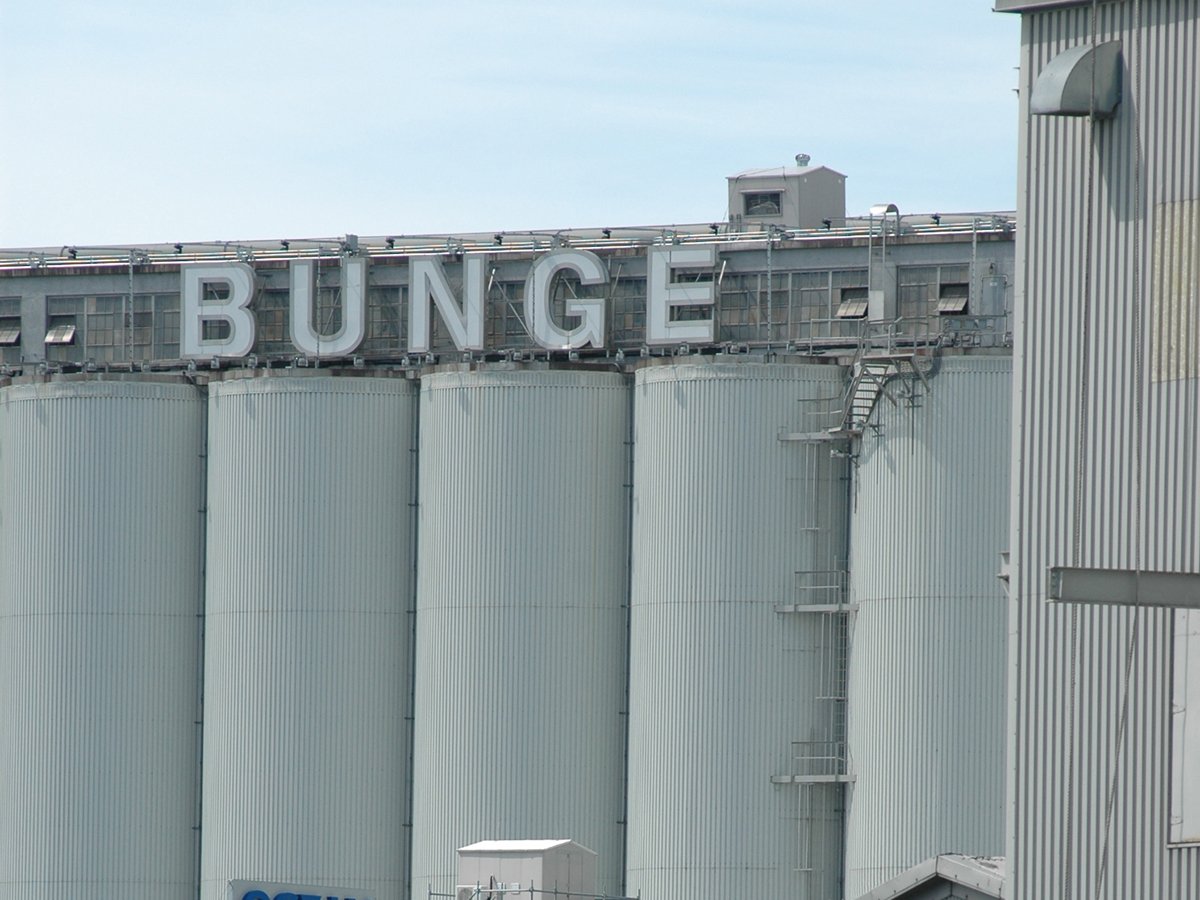
Bunge’s crop mix is changing
Bunge has predominantly been a soybean processing firm, but that’s about to change after the merger with Viterra with softseed processing and grain merchandising gaining ground.
But Alberta’s growth has also been crippled by fights between local hog barn developers and their neighbours. Many municipal councils have turned down hog barn construction in the face of local opposition.
Hodgman said expansion will return once the provincial government passes legislation giving it the right to approve hog barns, taking that role away from municipalities.
“We’ve really been stymied. We haven’t really been able to build barns,” said Hodgman.
He wasn’t concerned by a recent report from the Guelph, Ont.-based George Morris Centre, which found Manitoba and southern Minnesota can both feed pigs for substantially less than Alberta.
The study found that it costs about $58.26 to feed a pig to slaughter weight in Alberta, $56.84 in Manitoba and $51.44 in Minnesota.
However, if a solution to the crop disease fusarium is discovered, Manitoba’s feed cost would drop to $53.57 per pig, about 10 percent less than in Alberta.
And it found that labour costs are substantially higher in Alberta. Because of lucrative jobs in the oil patch, hog barn operators have to offer wages that are about 10 percent more than those in Manitoba.
Though Alberta had lower capital costs, Manitoba and Minnesota had significant advantages in many other cost of production factors.
The contrast in net profitability for a farrow-to-finish operation is startling. A Manitoba barn’s profit is $20.20 per pig, a Minnesota barn makes between $17.85 and $20.54, and an Alberta barn makes $8.51.
But Hodgman said even though those numbers don’t look good for Alberta, the province is still one of the cheapest places to feed in the world, just not the lowest.
And he said hog production in Alberta can be attractive for other reasons.
Alberta has a generally healthy economic environment, Hodgman said, with no sales tax.
He said hog production has been slowed by factors such as American subsidies, feed grain shortages and stingy packers.



